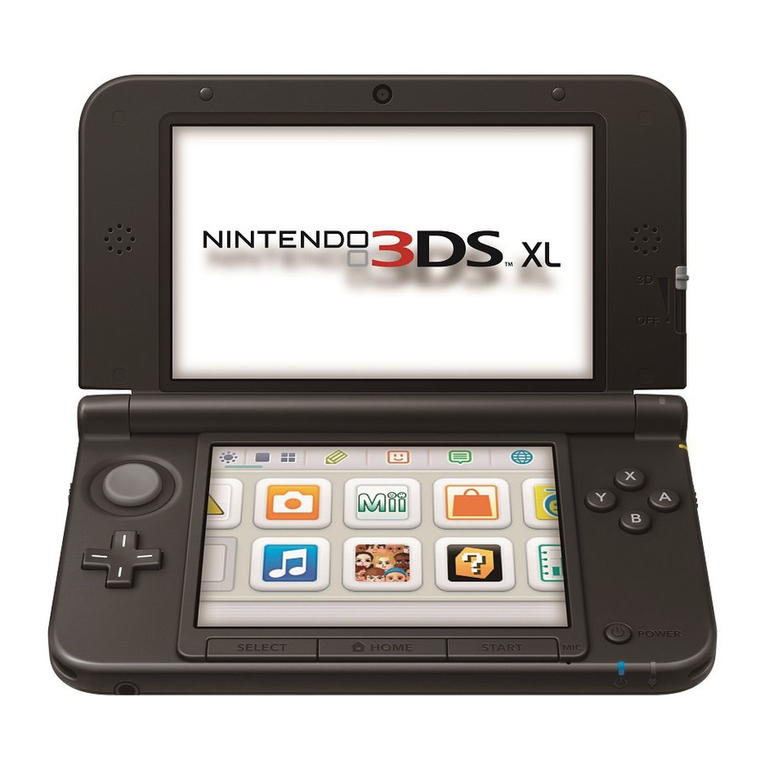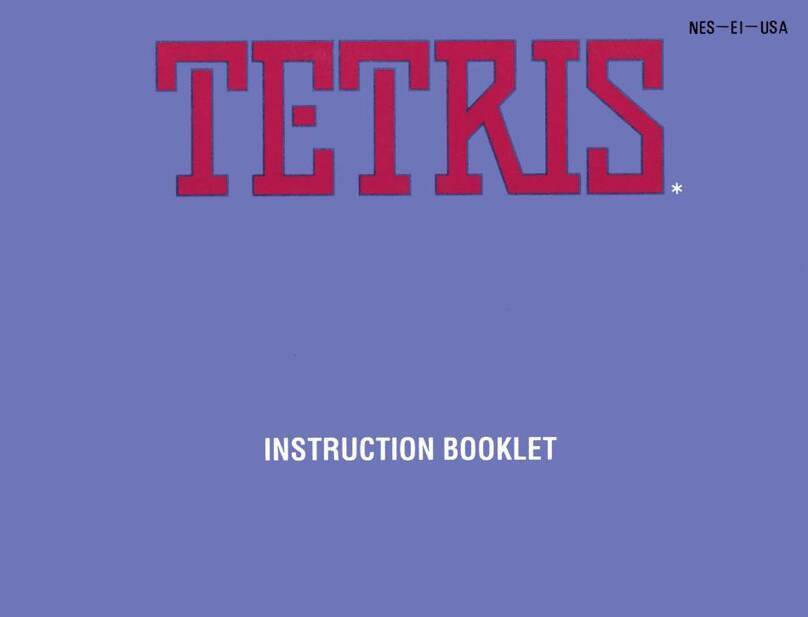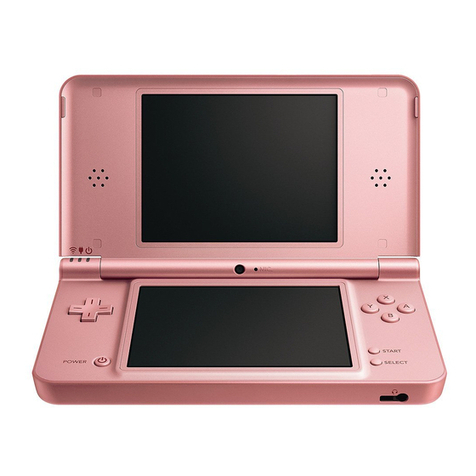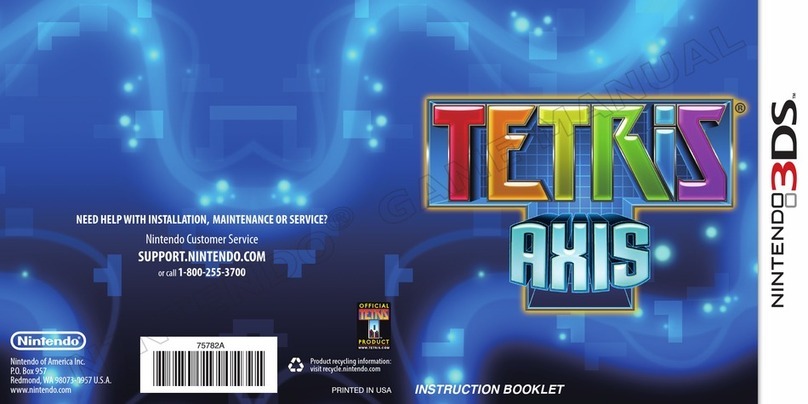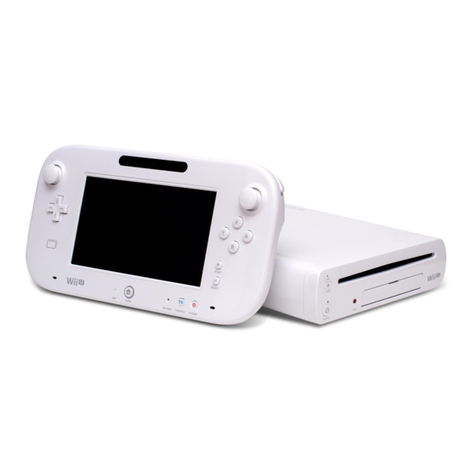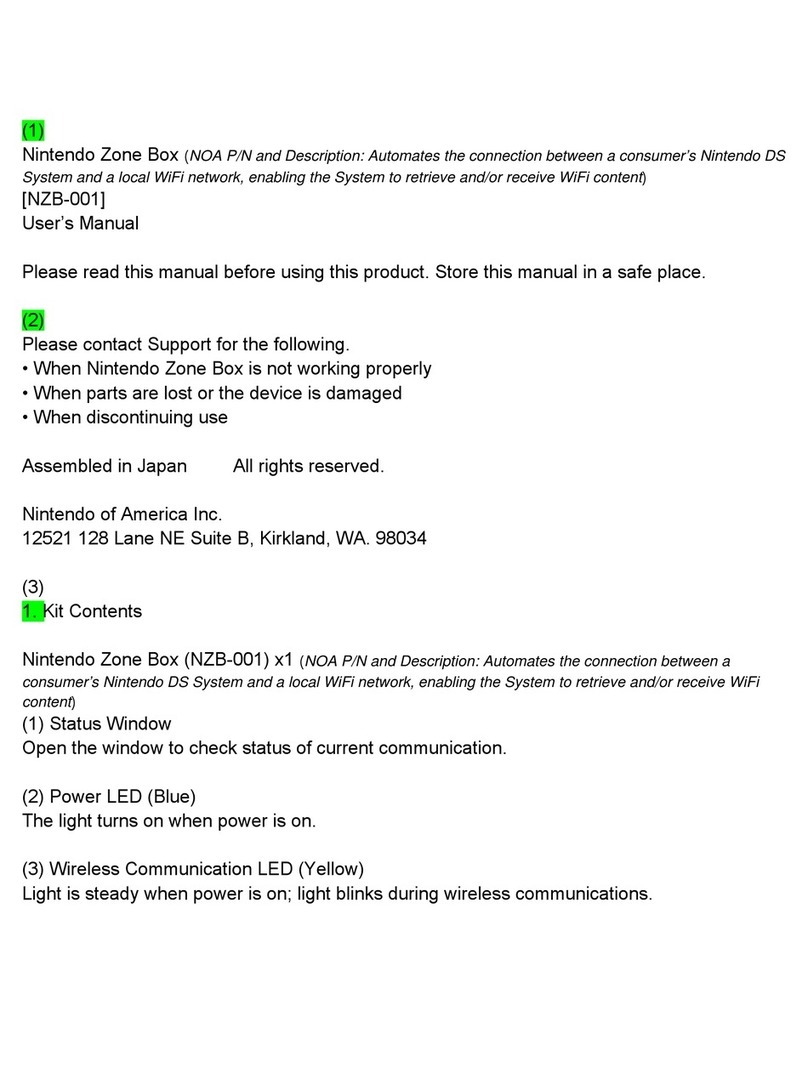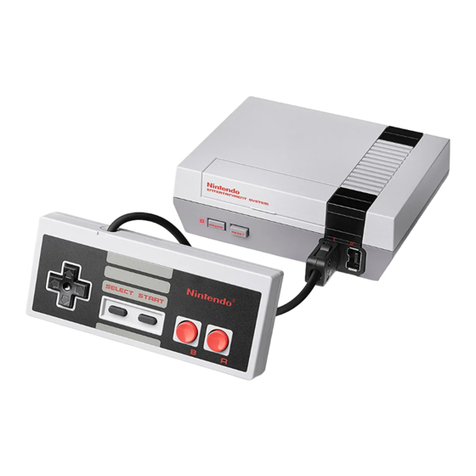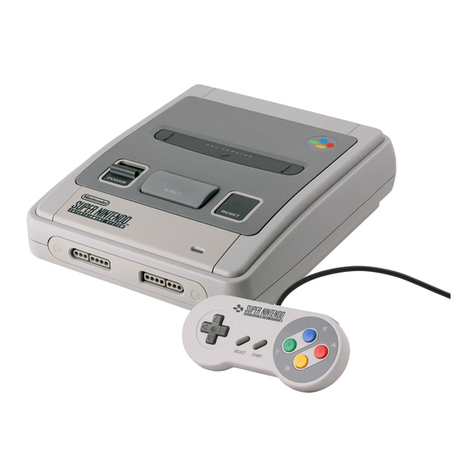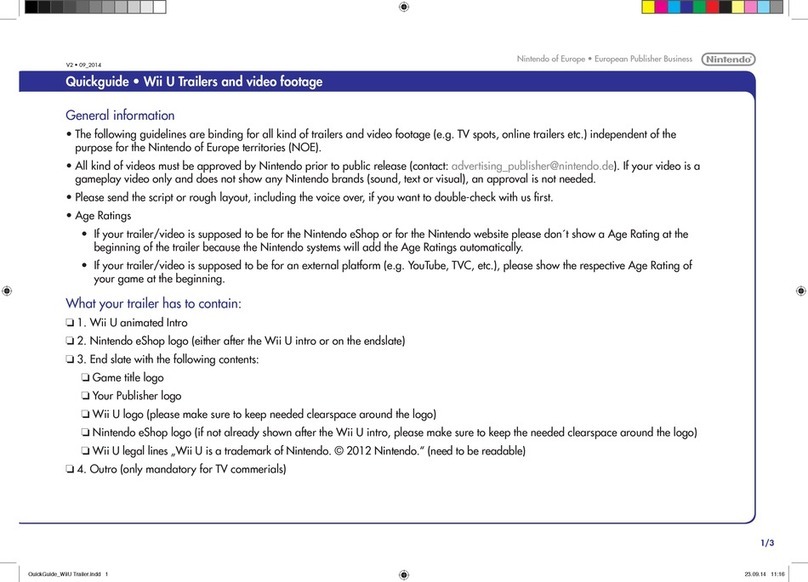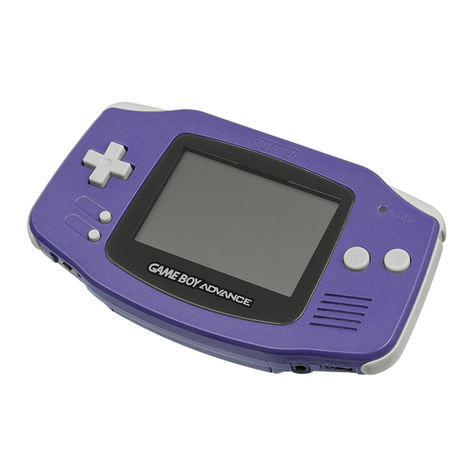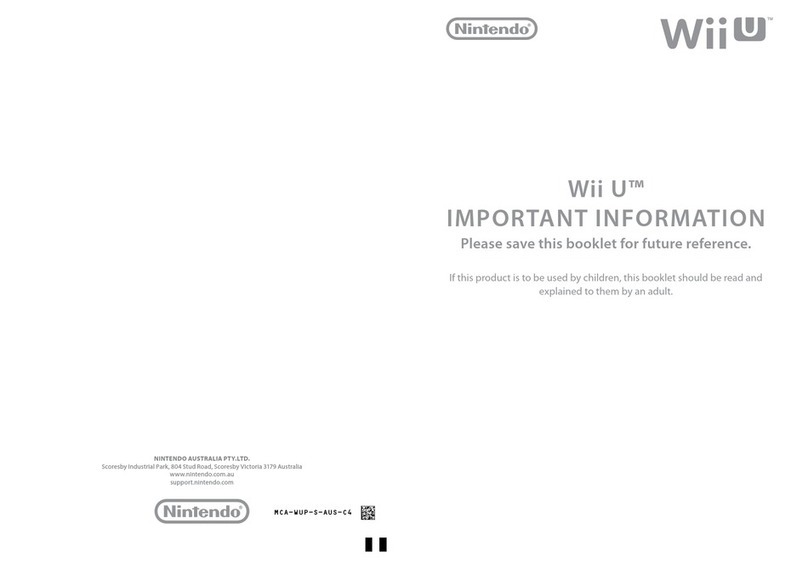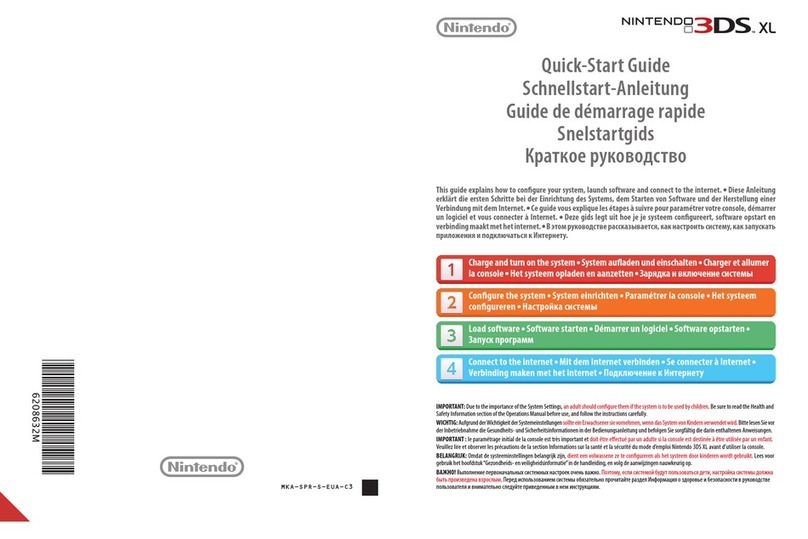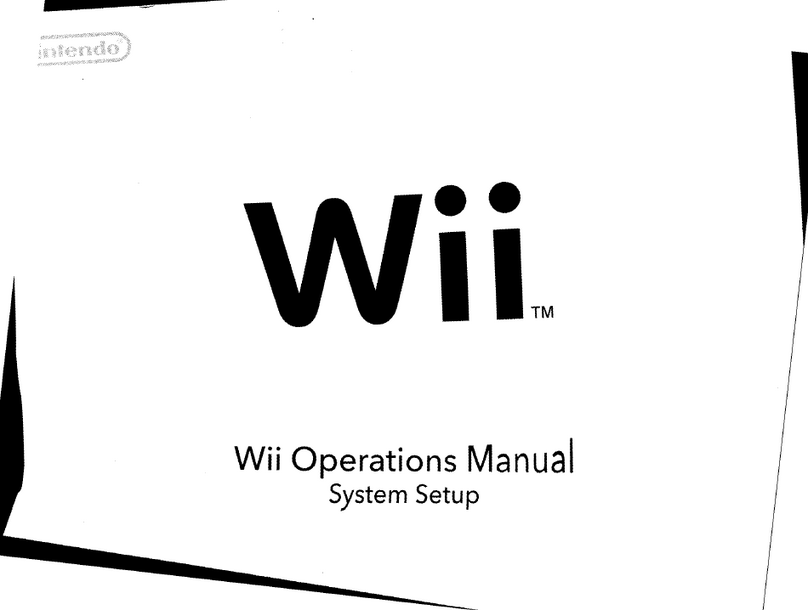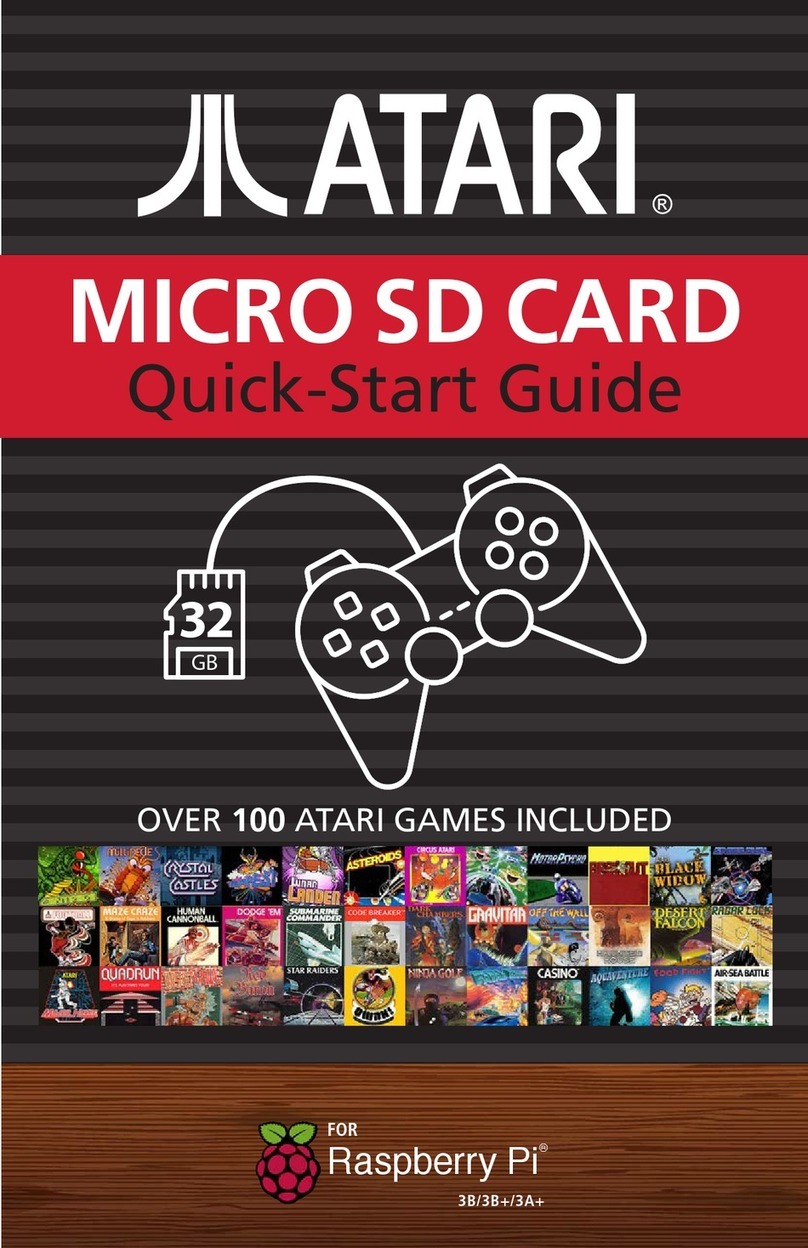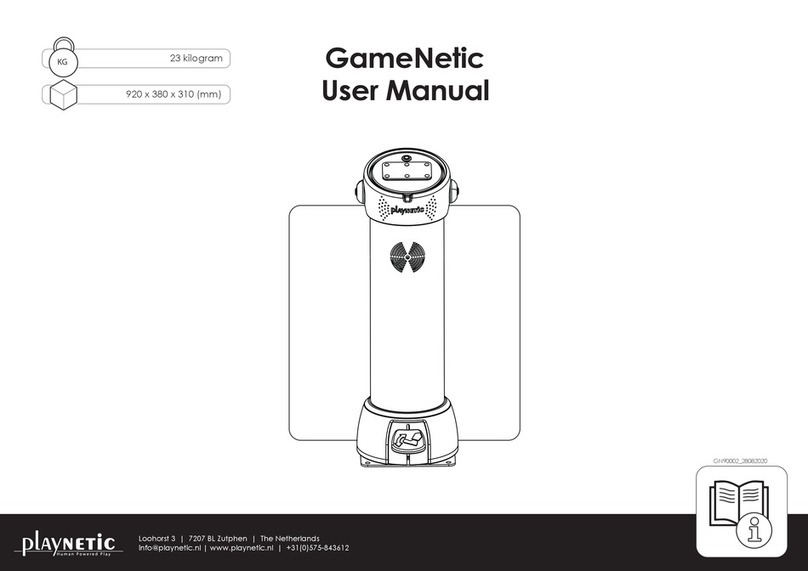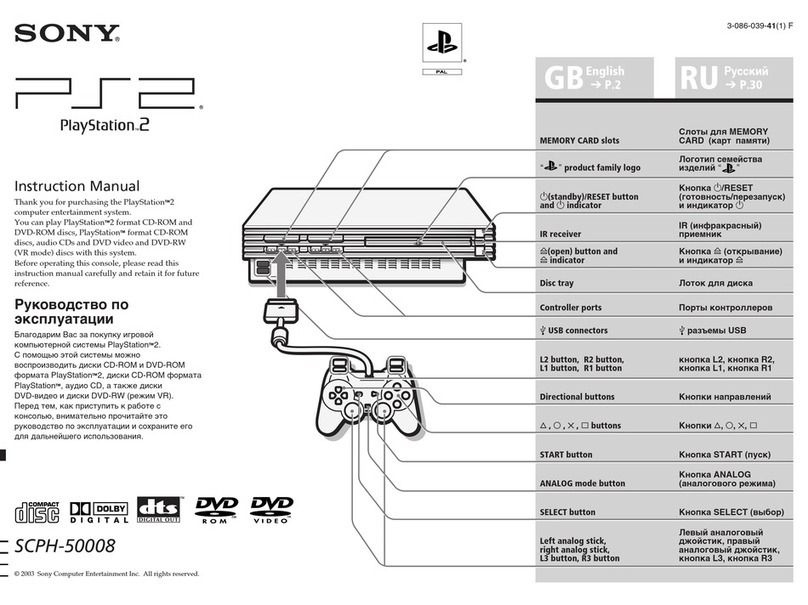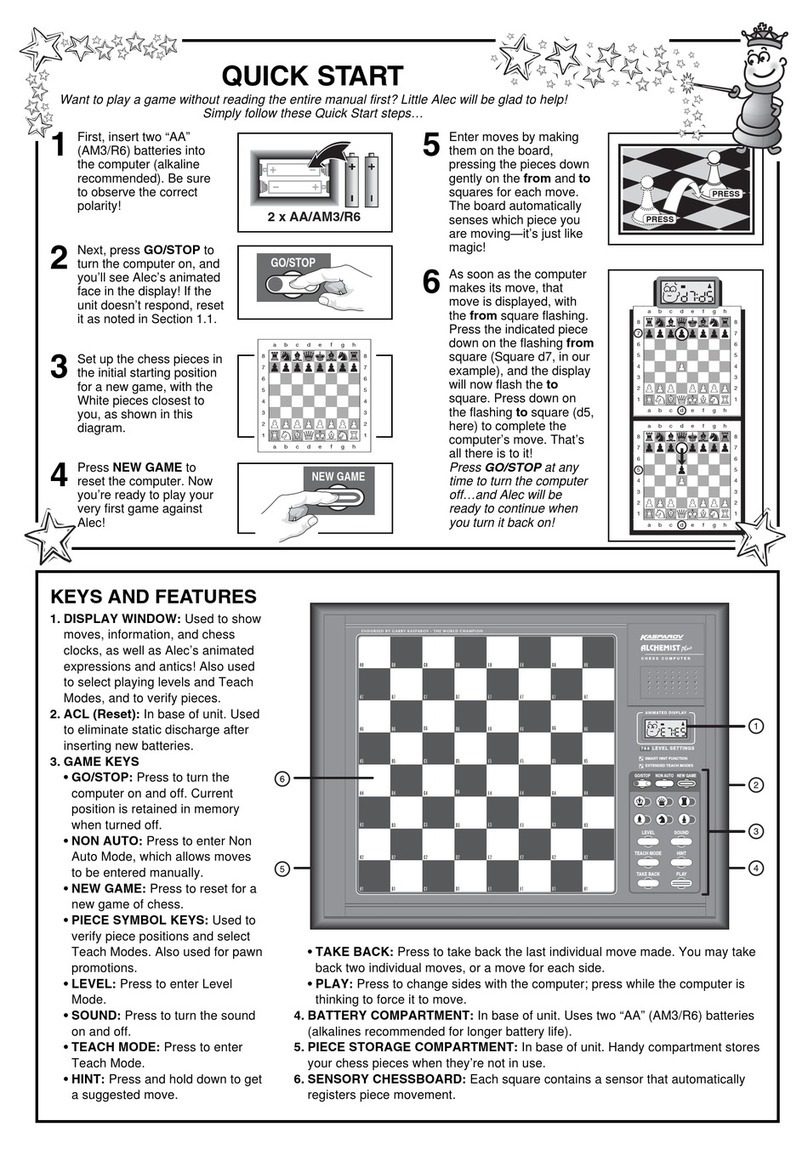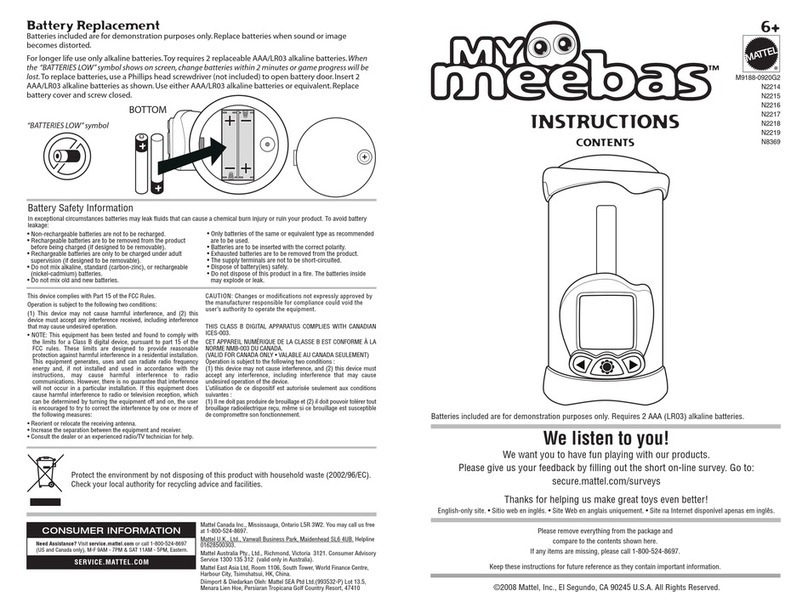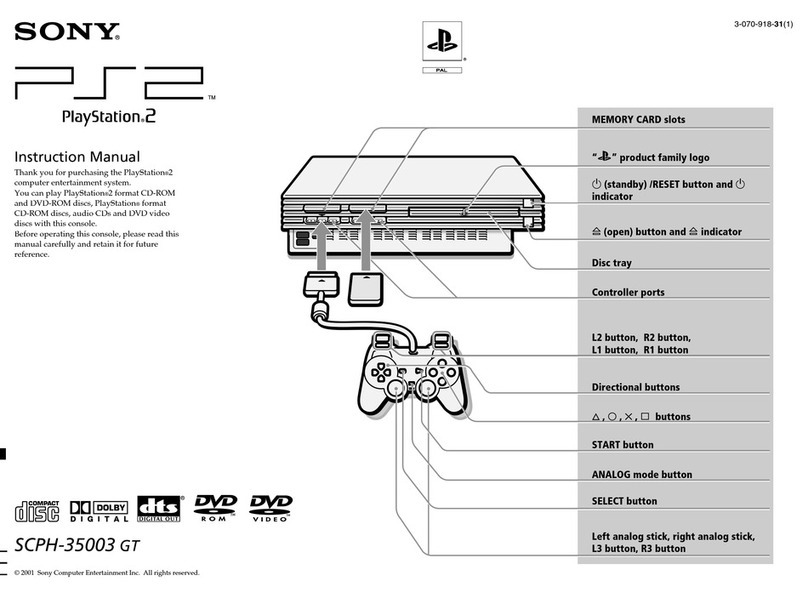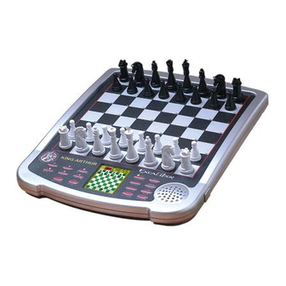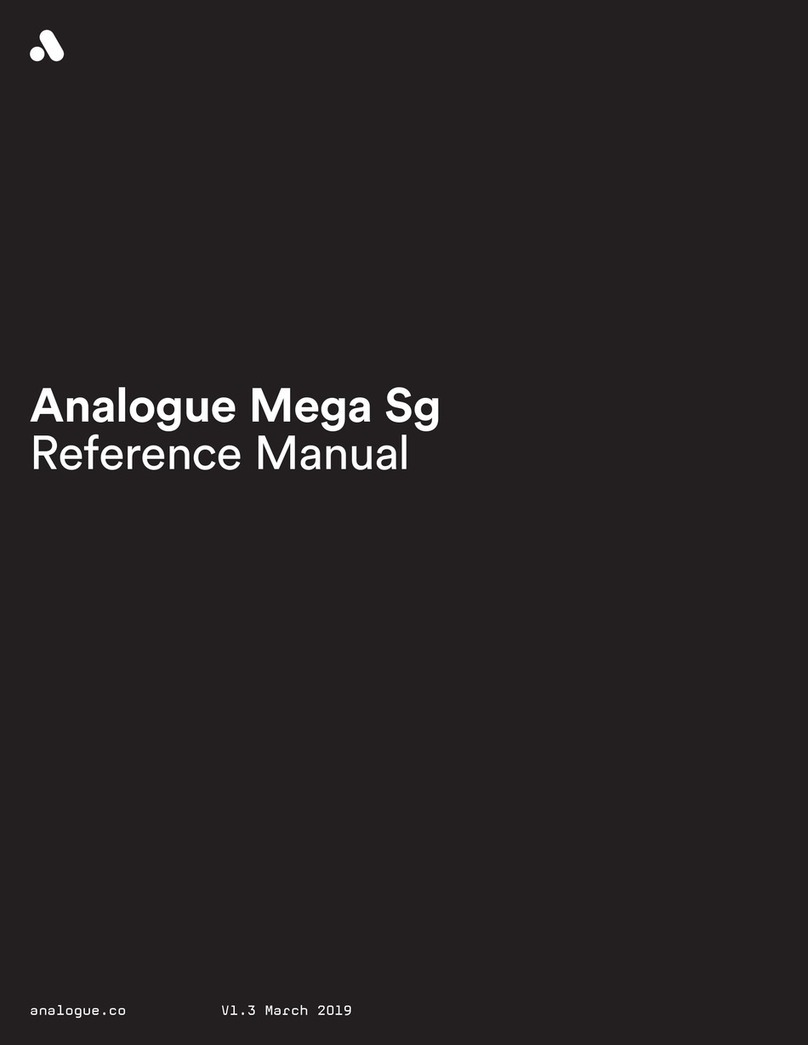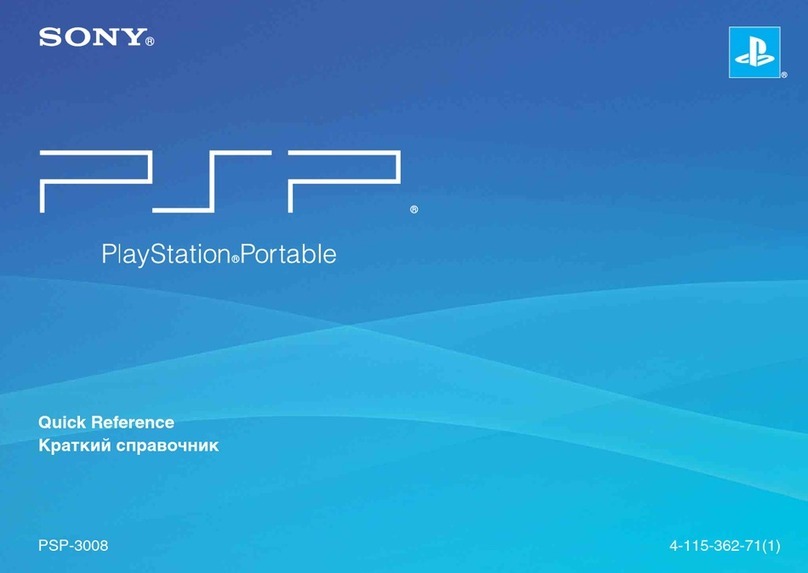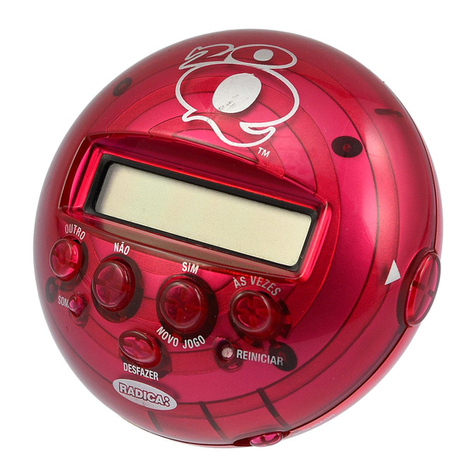
Wii Programming Guidelines
Charge is Low” to “Displaying a Message Notifying the User that
Battery Charge is Low.”
•Changed “Specifying a Message Notifying Users that Wii Remote
Transmissions Have Terminated” to “Displaying a Message
Notifying Users that Wii Remote Transmissions Have Terminated.”
•Updated “Notification When the Amount of Free Memory or
Number of i-Nodes is Insufficient,” “Handling Corrupted Files,” and
“Handling Corrupted Wii System Memory.”
•Changed “Support for Non-Japanese Spec GameCube Memory
Cards” to “Errors Displayed when Memory Cards Cannot be
Used.”
0.98 9/15/2006
•Standardized terminology to use “Wii system memory.”
•Added Section 2.18, “Parental Control.”
•Added that the feature for stopping the disk drive motor does not
work under Revolution SDK 2.2 Patch.
•Deleted “Error Display when Disc Eject Button is Pressed.”
•Updated text. Added figures, graphs, and tables. Added
information on calculating screen brightness.
•Added “Applying the Raster Burn Mitigation Setting.”
•Updated “Explanatory Message for Wii Remote Strap Use.”
•Updated “Lower Limit Value of the Controller Stick and Button
Analog Input Value,” “Upper Limit Value of the Controller Stick and
Button Analog Input Value,” and “Analog Input Value Range of
Controller Stick and Button.”
•Deleted “Vibration Enabled/Disabled Mode Switch Function.”
•Updated “Do Not Use the Origin Reset Command for the Analog
Input to an Extension Controller.”
•Updated “Limit Use of HOME” and “Disabling Pointer for
Application Without Pointer Function.”
•Deleted “A Caution about Data Loss for Wii Remote Memory.”
•Changed the rank of “Message Display when Writing to Wii
Remote Memory.”
•Standardized terminology to use the word “speaker.”
•Combined “Handling Audio Cutoff of Speakers Due to Plugging In
the External Extension Controller” and “Handling Audio Cutoff of
Speakers Due to Packet Loss” to form “Handling Audio Data
Transmissions Stopped by the Feature for Avoiding Audio Cutoff.”
•Added “Specifying a Message Notifying the User that Battery
Charge is Low” and “Specifying a Message Notifying Users That
Wii Remote Transmissions Have Terminated.”
•Updated “Checking the Number of Free i-nodes and Amount of
Free Memory Using NANDCheck[Async]” and “Notification When
the Number of i-nodes or the Amount of Free Memory Is
Insufficient.”
•Changed the rank of “Handling Corrupted Files.”
•Updated “Handling Corrupted Wii System Memory.”
•Updated “Memory Card Menu in Application.”
•Updated “Note for Using CARDFastOpen Function” and changed
the title to “Limit on Accessible Memory Card Files.”
•Updated “Wii Console RESET” and “Wii Power Button.”
0.97 09/07/2006
•Updated "Boot Caching".
•Added description of Wii console setting values when using a 16:9
aspect ratio.
©2006 Nintendo 9RVL-06-0132-001-I
CONFIDENTIAL Released: October 11, 2006


